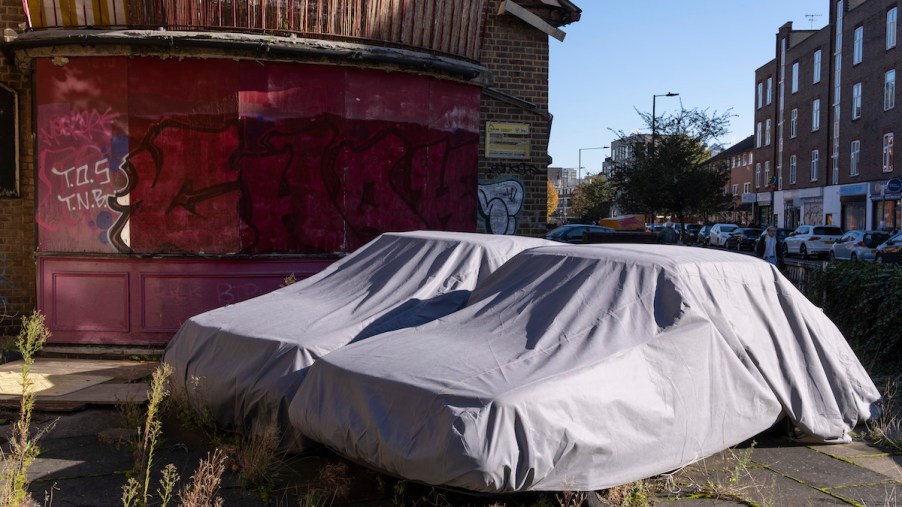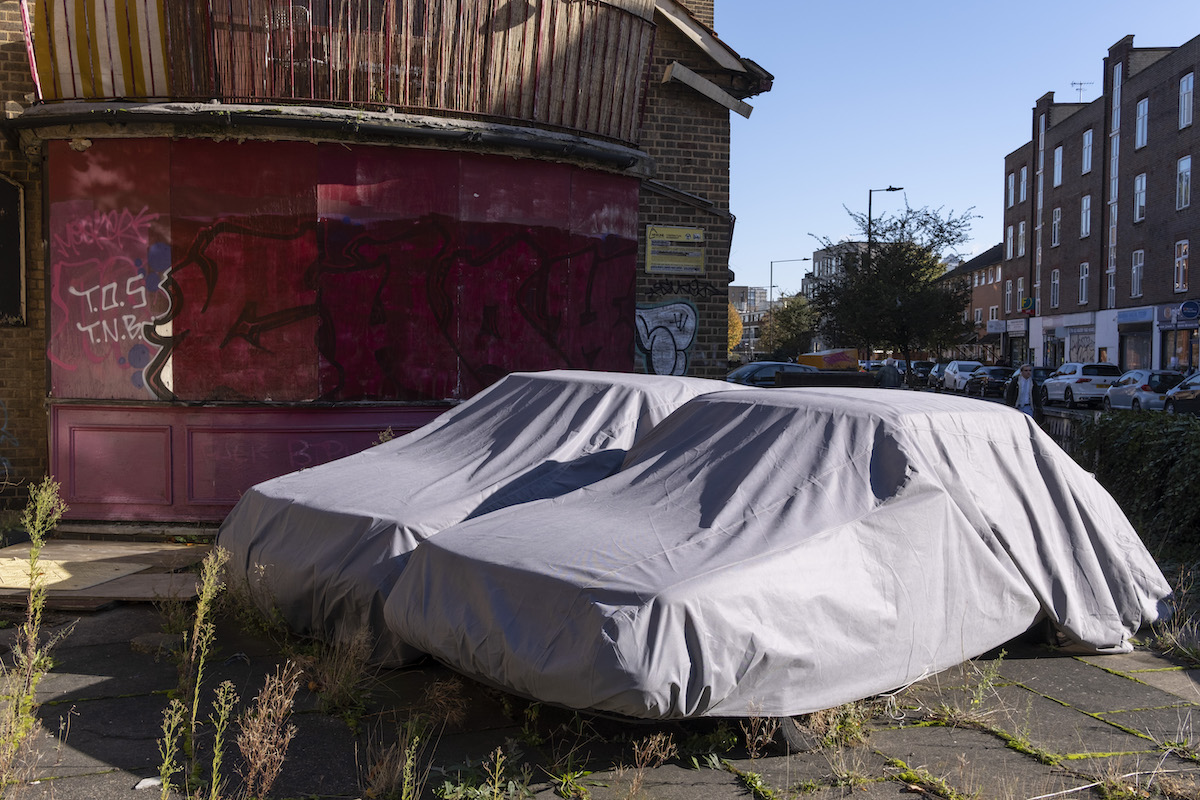
How Long Can a Car Stay Parked Without Driving It?
It’s always nice to have a spare car for those “what if” moments, like when you wake up to go to work and your vehicle won’t start. However, letting a car sit for long periods can have negative effects on it, and you might find yourself with two dead cars. The good news is that with the right maintenance and preparation, you can leave your car sitting for a while without fear of doing permanent damage to it. But exactly how long can a car stay parked without driving it?
Here’s how long a car can sit without being driven

Cars are made to be driven, and leaving them sitting could do more harm than you think. Erie Insurance discusses the ways your vehicle will suffer, and the list is pretty long. Some of the points mentioned include fuel going bad, dead batteries, rust, flat tires, belts and hoses that dry out, and pests coming to make your vehicle their new home.
The battery is the obvious issue here for most people, as it tends to die out rather quickly if you’re not cruising around. In fact, it can go dead in as little as two or three months. That’s because the vehicle’s alternator helps charge the battery while the car is driving. If the car is just sitting, the battery isn’t getting the boost it needs to stay lively.
Fuel is another issue. Though dystopian movies and TV shows often portray the hero siphoning gas from a car that’s been sitting for years, that wouldn’t work in reality. Gasoline reacts with oxygen. In three to six months, the gas would begin to degrade to the point of uselessness.
Those aren’t the only issues you’ll face with a car that’s been sitting, but they’re definitely two of the biggest.
However, if you properly prepare your car to sit idle, it could remain parked for years.
How do you prepare a vehicle to sit for a long time?
If you know you won’t be driving your car for a while, you should prepare it for its idle period. But how much work does this take? Well, quite a lot. But the steps are fairly simple, so you should have your car ready for its long slumber in no time.
One of the first steps is to add a fuel stabilizer such as STA-BIL. You also need to ensure the battery doesn’t go dead. This can be handled simply enough by using a trickle charger. It will keep your battery charged by slowly feeding it the juice it needs to start when it’s time to resurrect your car.
You’ll also want to wash your car to prevent paint damage and rust. Keeping your vehicle in a garage or under a car cover will also help. To prevent your tires from going flat, place the car on blocks.
Your car will also need fresh fluids, so don’t forget about the oil, power steering fluid, and brake fluid. And speaking of brakes, now is not the time to engage the parking brake. It might fuse with the rotor or drum.
Finally, take time to put out some pest repellent to keep mice away. The same holds true for squirrels and other rodents.
How often should you start your car?
Jumping into your car to start it for a few minutes might make sense, but doing only that isn’t enough. If you’ve taken the steps mentioned above, you really won’t need to start your car.
But if you haven’t prepped your car to sit idle for a long time, you should drive it for at least 10 to 15 miles once every seven to 10 days. You should also exceed 50 mph to get your vehicle’s fluids flowing.
That helps your car reach the temperatures it needs to continue functioning properly. If you don’t, the oil won’t burn off, and condensation could continue to build up in the exhaust.
If you know you’ll leave your car parked for a while, it’s best to prep it by following the above steps. Otherwise, try to get out at least a few times a month to take your vehicle for a well-deserved spin.


